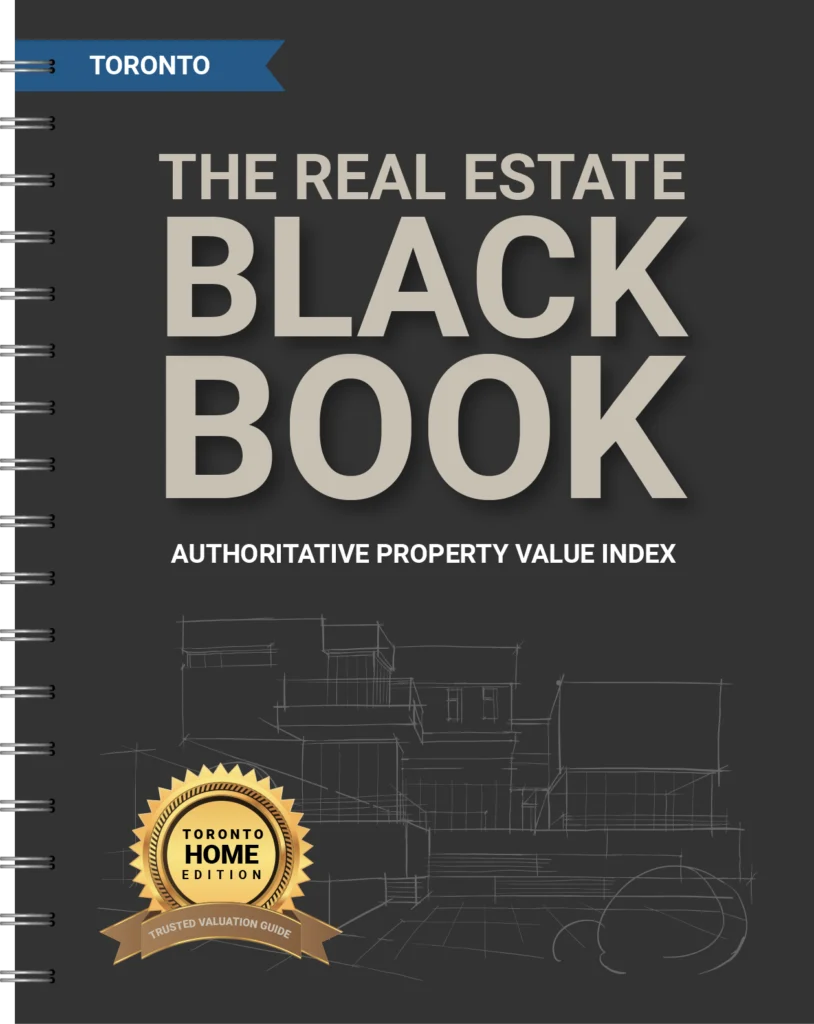As a real estate investor or homeowner in Toronto, you may be wondering what happens if you need to sell your property before the term of your mortgage is complete. Specifically, you may be concerned about the penalty you’ll have to pay for breaking your mortgage early. In this article, we’ll explain how mortgage penalties are calculated in Canada, including the different types of penalties and how to minimize the cost.
First, it’s important to understand that mortgages in Canada are typically set up with a fixed term, usually 5 years. This means that for the first 5 years of your mortgage, the interest rate will remain the same.
After 5 years, you have the option to renew your mortgage with the same lender or shop around for a better rate.
When you break your mortgage before the end of the term, you’ll be charged a penalty. The amount of the penalty will depend on a few factors, including the remaining term of your mortgage, the interest rate, and the type of penalty.
The Interest Rate Differential Penalty
The most common type of penalty in Canada is the “Interest Rate Differential” (IRD) penalty. This penalty is calculated by taking the difference between the interest rate on your current mortgage and the interest rate that the lender would have charged you if you had stayed with your mortgage until the end of the term. For example, if your current mortgage rate is 3% and the lender’s current rate for a 5-year term is 4%, the IRD penalty would be 1%.
The 3-Month Interest Penalty
Another type of penalty is the “3-month interest penalty” which is simply the interest of the remaining mortgage balance for 3 months. This type of penalty is less common in Canada but can be found in some cases.
To minimize the cost of breaking your mortgage, there are a few things you can do:
- Shop around for a new mortgage: Before you break your current mortgage, it’s worth shopping around for a new mortgage with a better rate. This will help you to compare the penalty for breaking your current mortgage with the potential savings from a new mortgage.
- Negotiate with your lender: If you have a good relationship with your lender, it may be worth trying to negotiate the penalty. For example, if you have been a loyal customer for many years, your lender may be willing to lower the penalty.
- Refinance your mortgage: If you’re planning to stay in your home for a while and you’re looking to lower your monthly mortgage payments, refinancing may be a good option. This can help you to avoid a penalty altogether.
- Consider the timing of your sale: The closer you are to the end of your mortgage term, the lower the penalty will be. If you can wait a few months to sell your home, you may be able to reduce the penalty significantly.
In conclusion, breaking your mortgage early in Canada can be costly, but with the right strategy, you can minimize the penalty. By understanding how penalties are calculated, shopping around for a new mortgage, negotiating with your lender, and considering the timing of your sale, you can make the most of your real estate investment.



